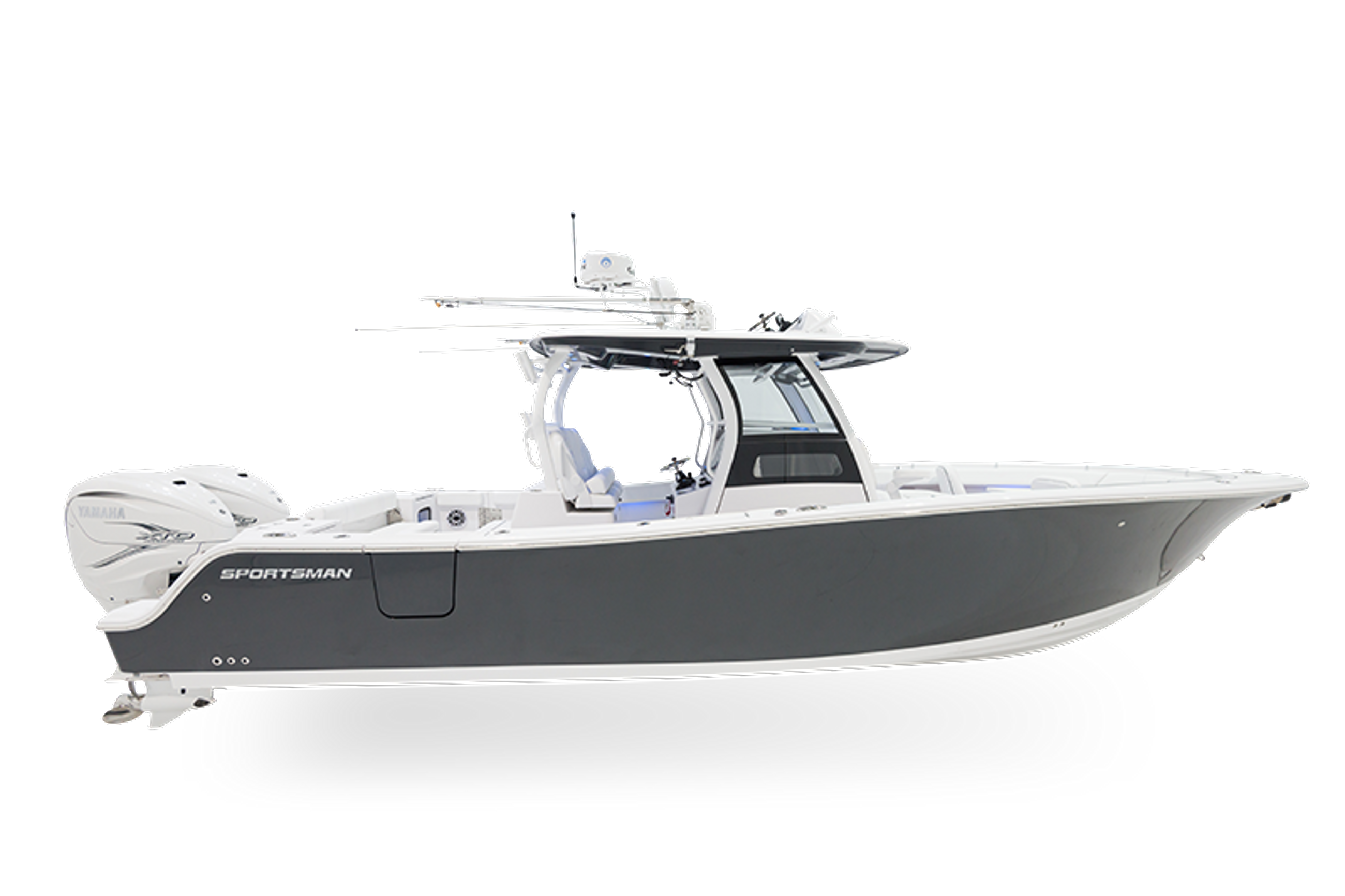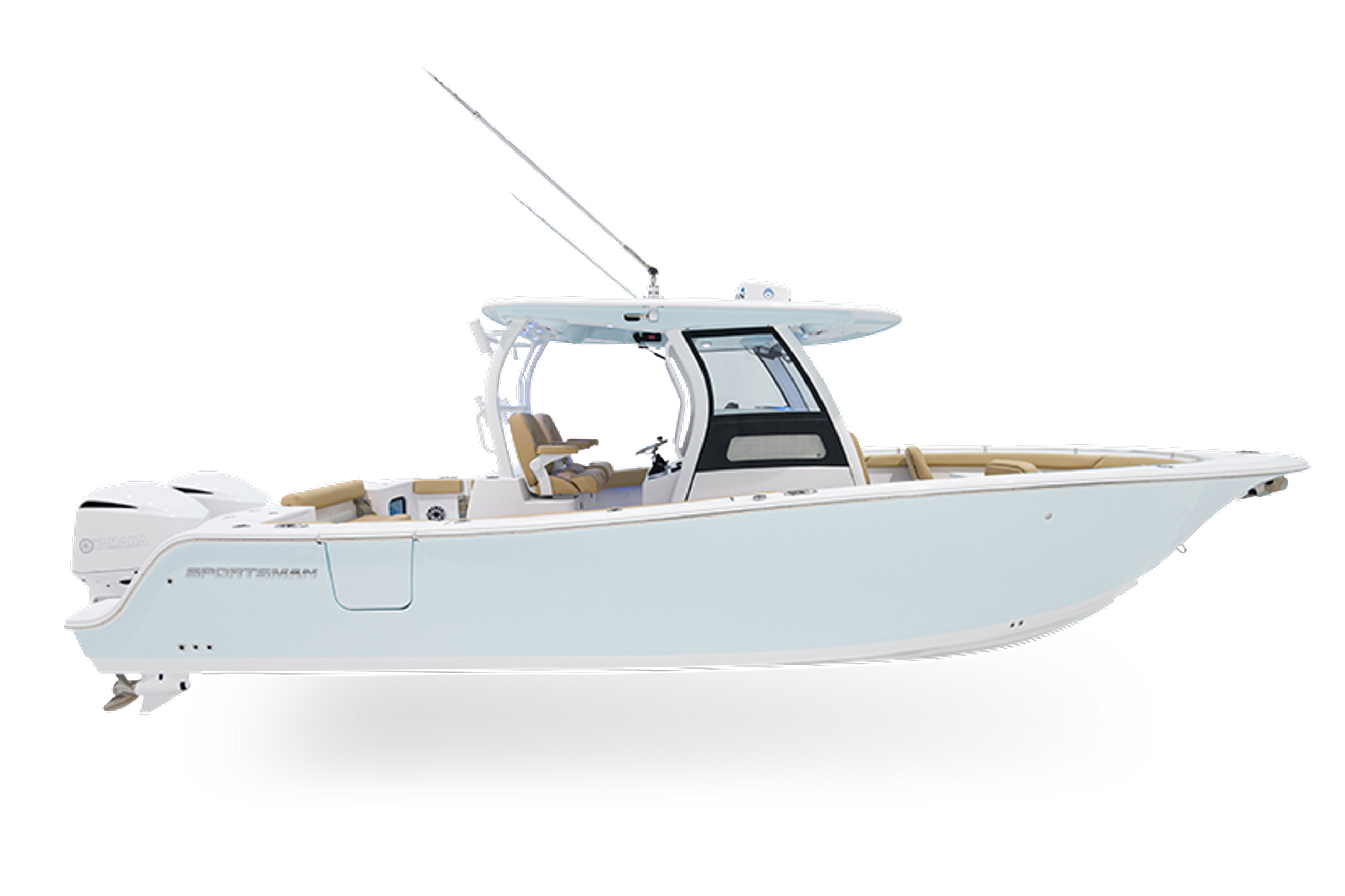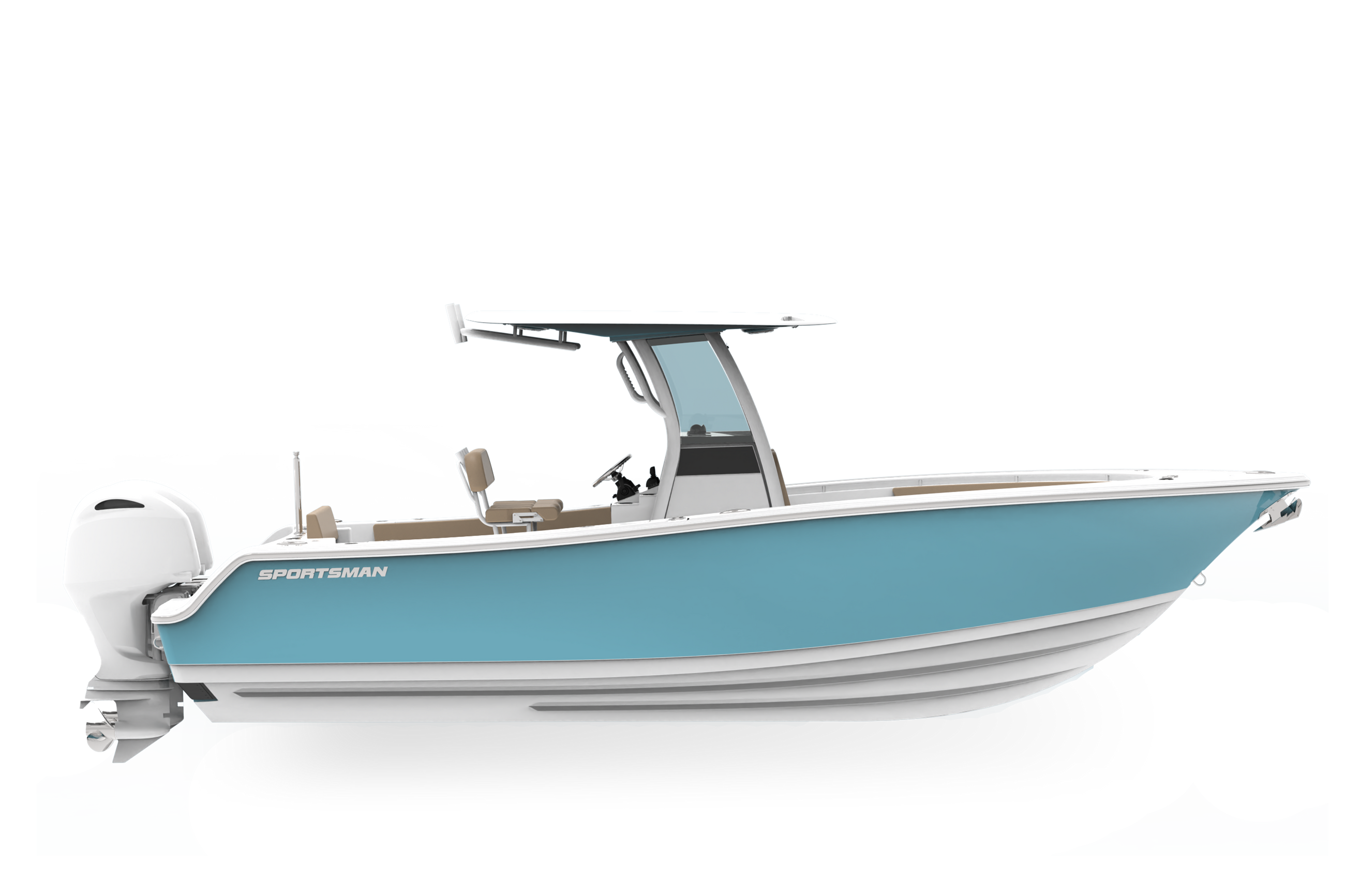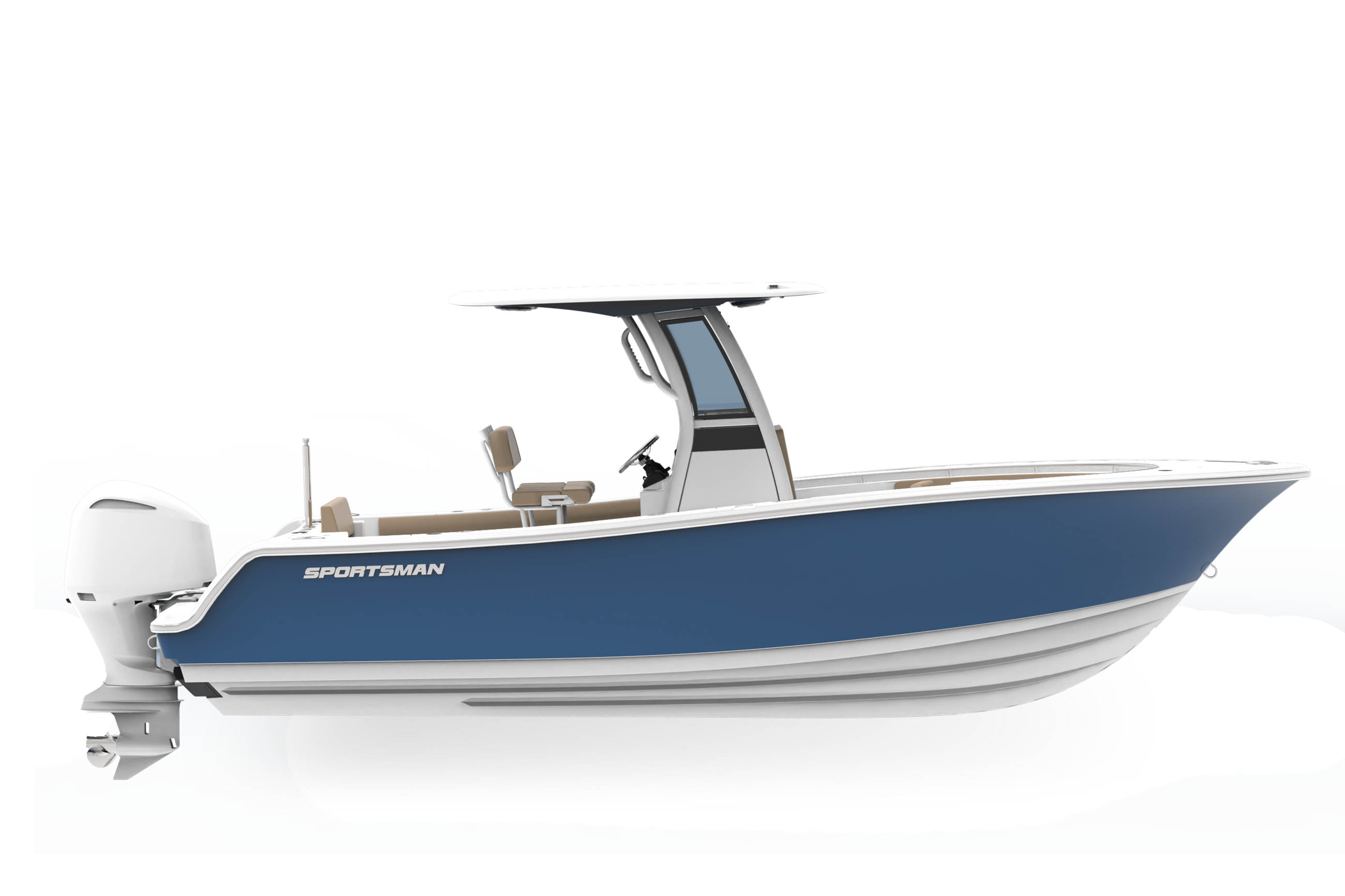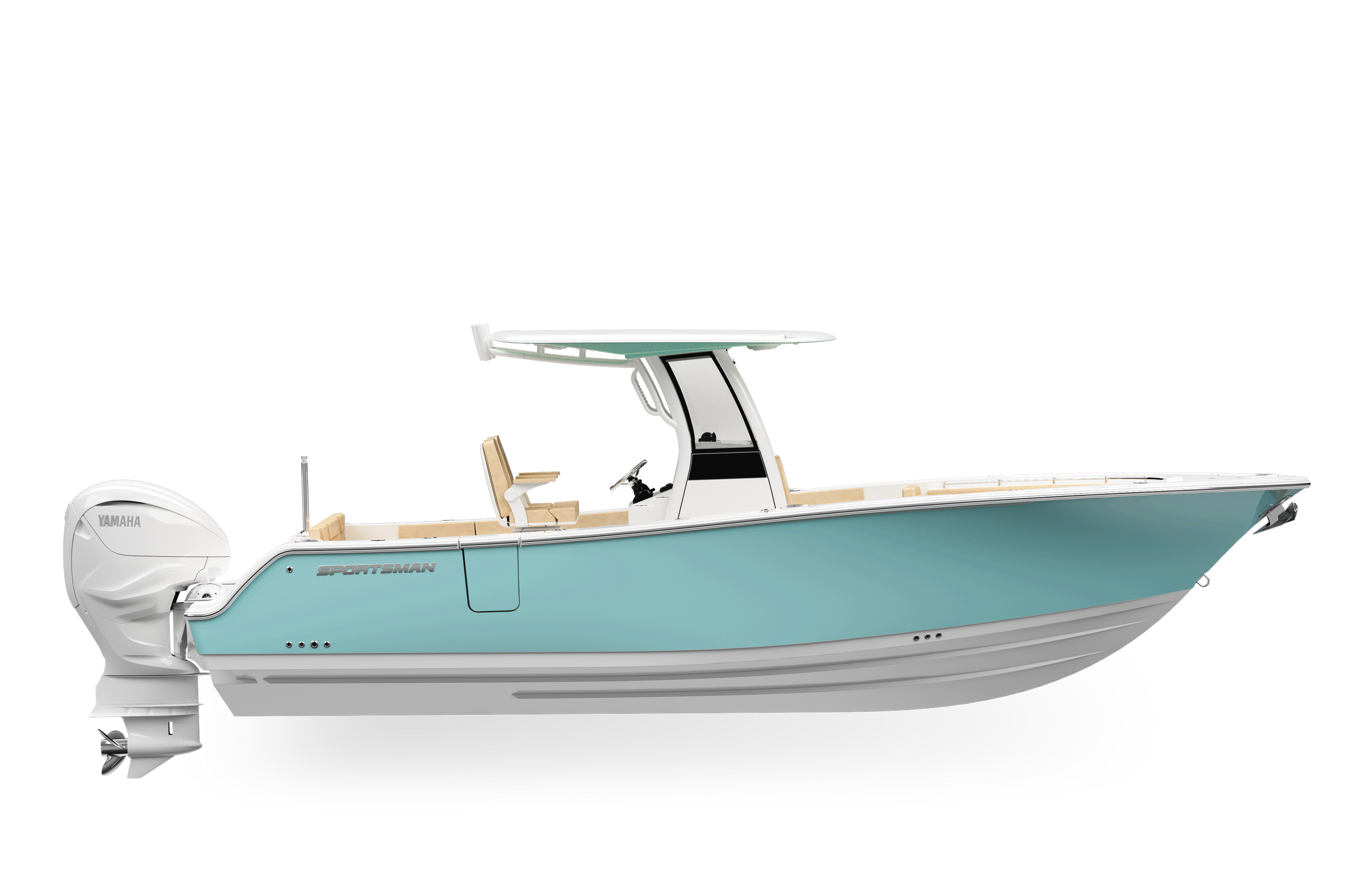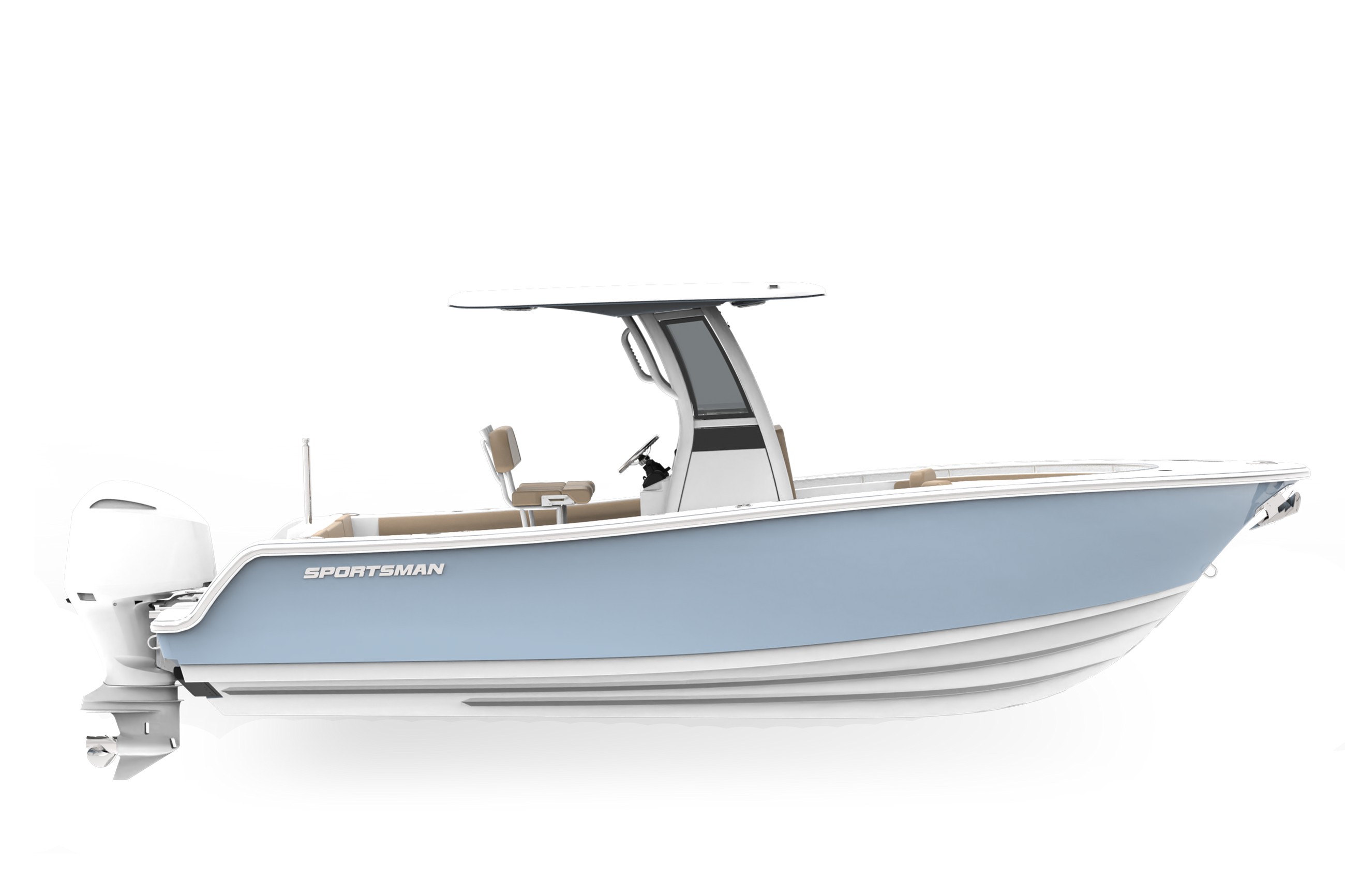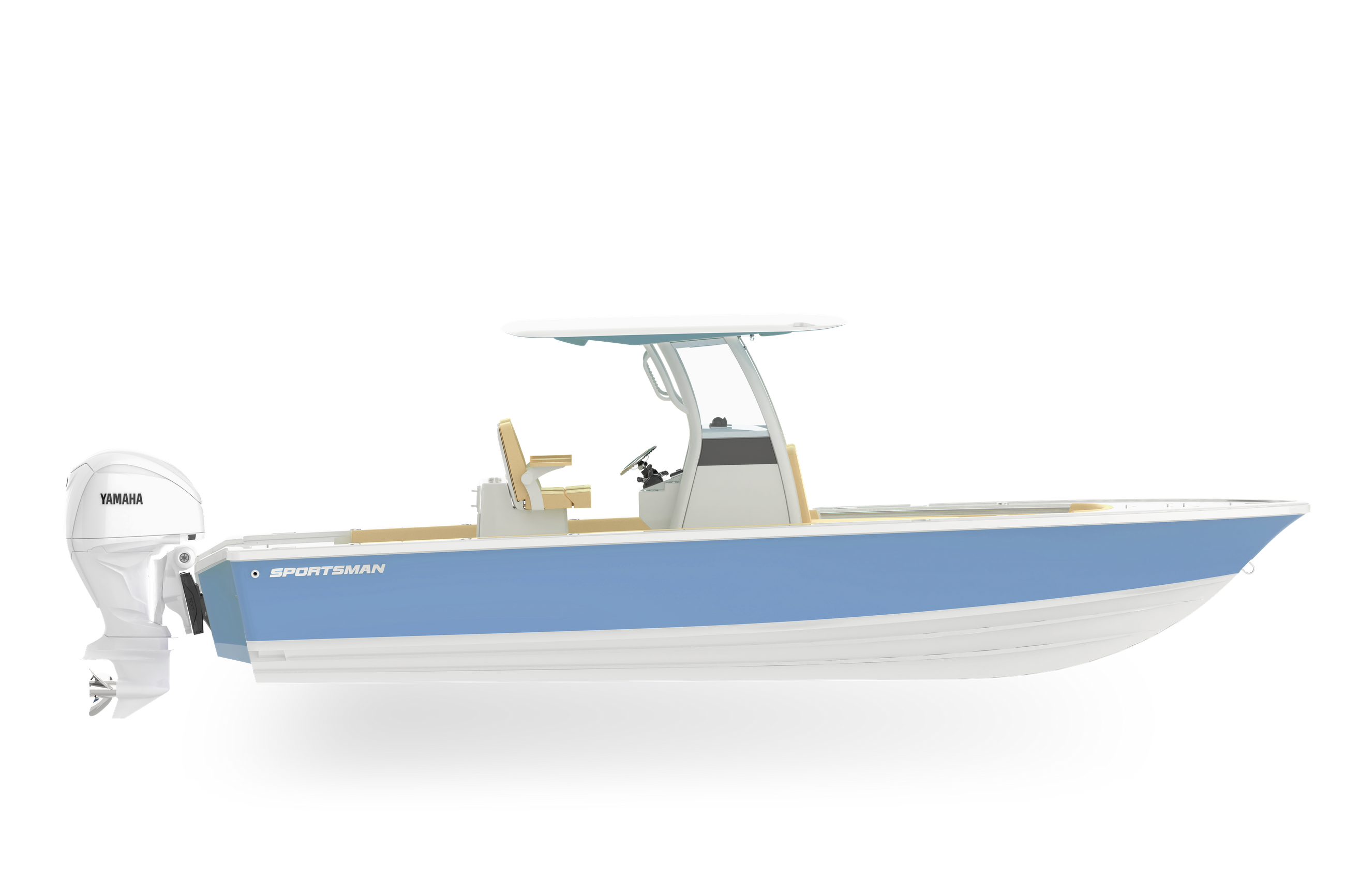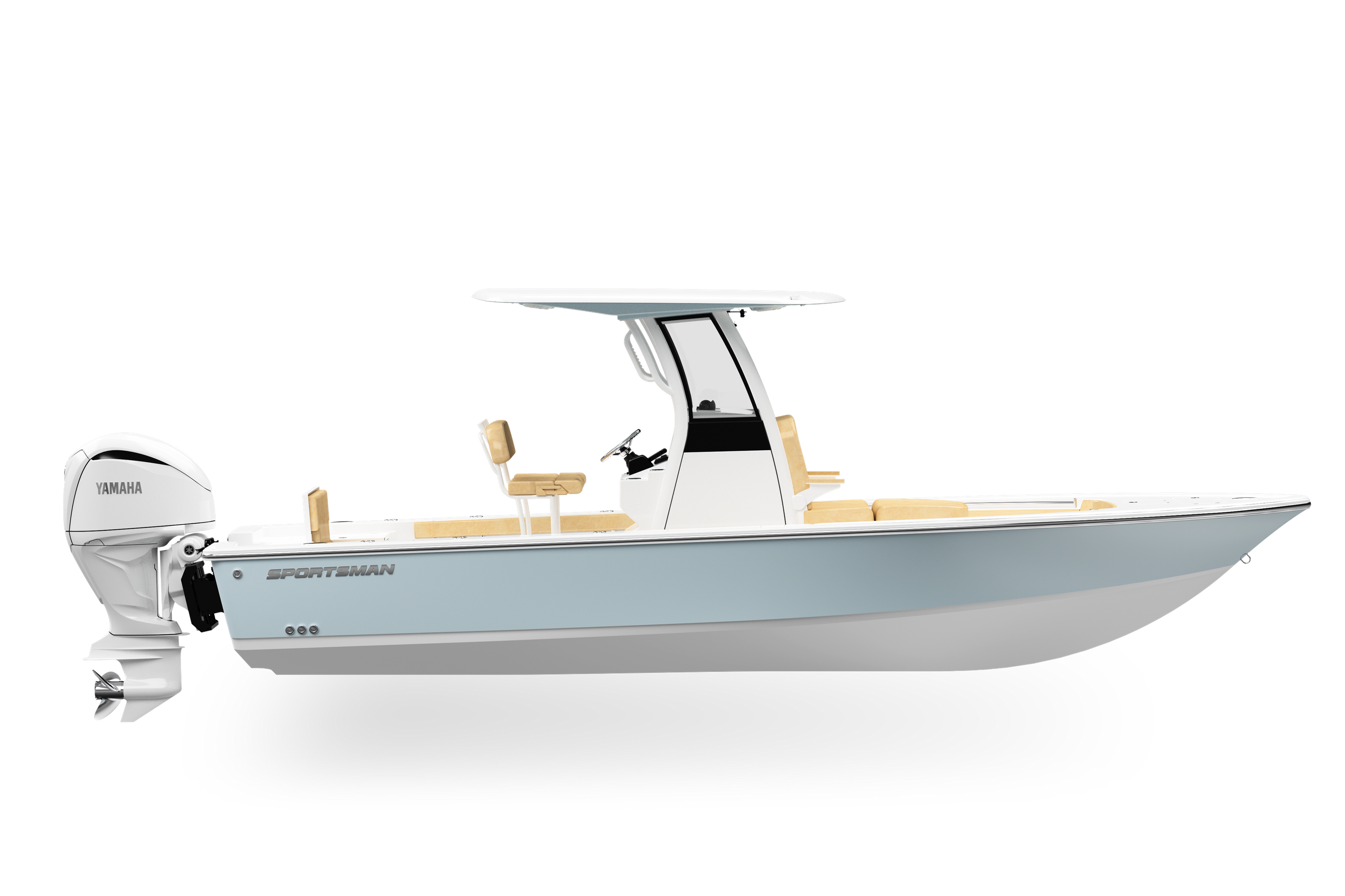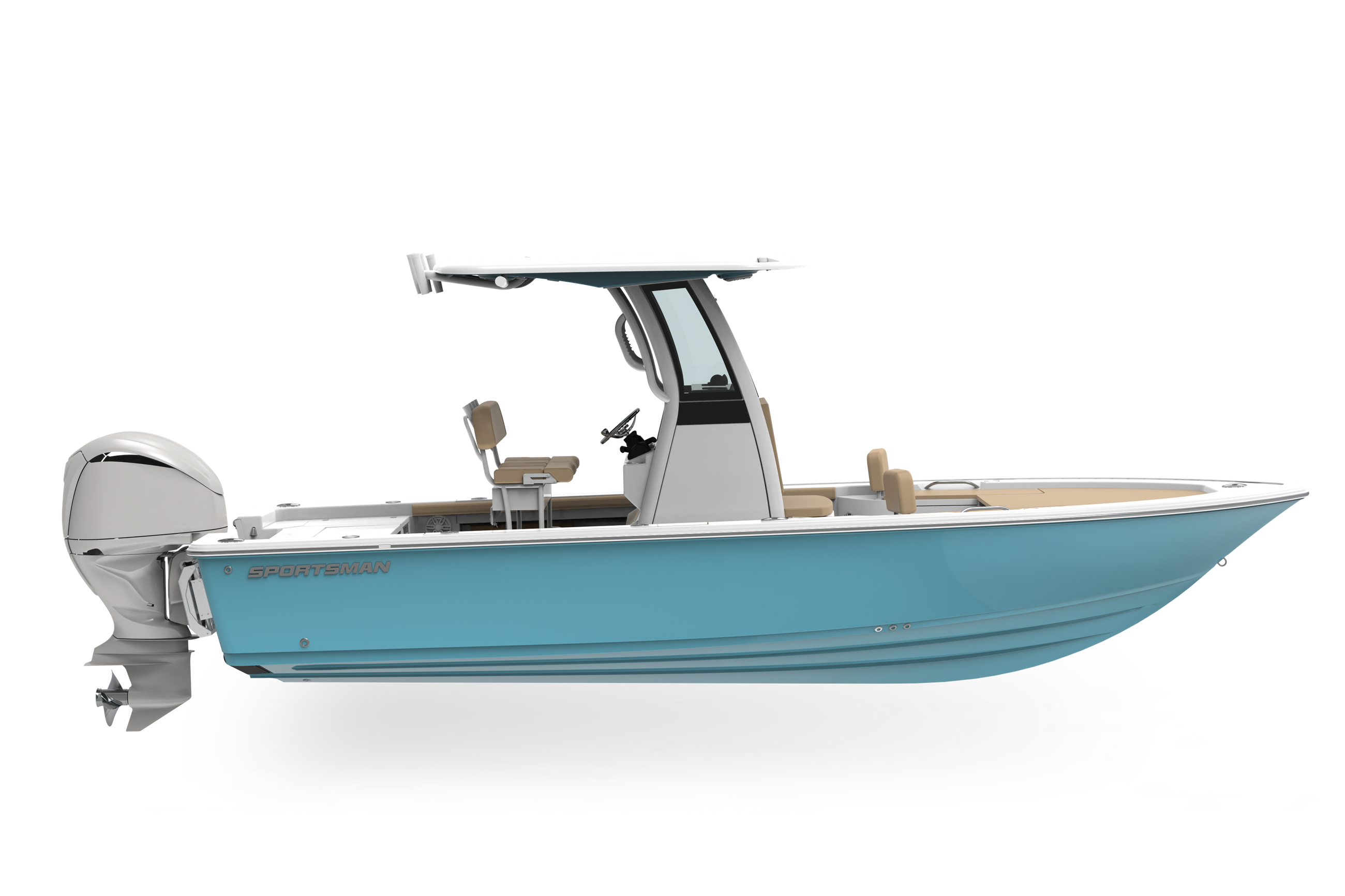Yamaha Binnacle Safety - Neutral Hold Feature
As parents we are always looking for ways to further protect our children, especially while on the boat. Here's a safety tip for boating with young children, highlighting the importance of Yamaha's electronic binnacle feature, neutral hold, to prevent accidents. Learn how this feature can enhance your boating experience by keeping curious kids safe and ensuring peace of mind on the water.
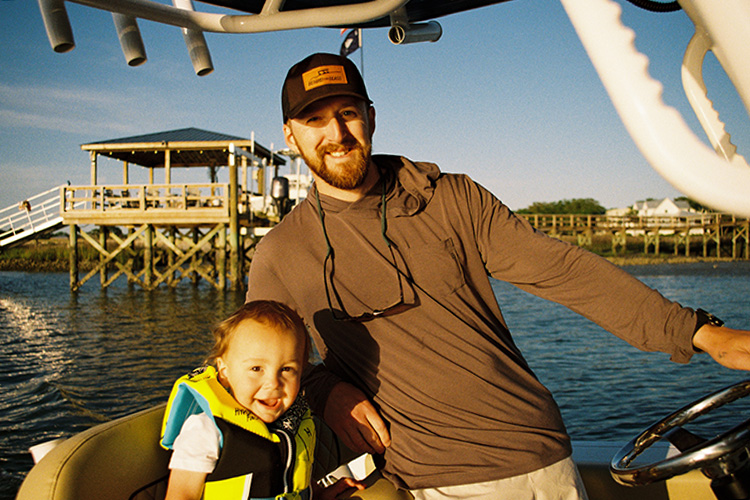
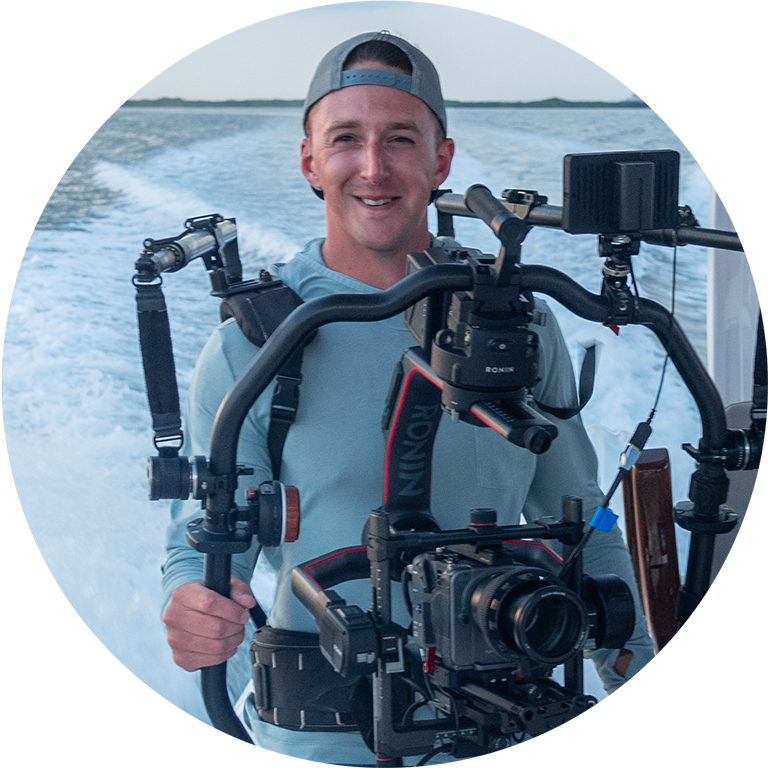
As a boat owner and parent, you’ve likely taken numerous precautions to ensure your children's safety while on the boat. There's so much to consider, from keeping kids seated while underway to proper lifejacket sizing. and making sure they don't touch things they’re not supposed to touch. As a father of two boys, one nearly two years old who is my shadow and another who is 5 months old and will likely be the same once he gets his feet under him, I have to be very careful with them on the boat. My youngest can't get into trouble; he just sits in mom's lap and enjoys the breeze. But my eldest wants to do everything dad does.
If you're a parent, you know the stage where kids want to copy everything you do. Dads, you know how your little boys are when they want to be just like daddy. Mine is obsessed with trucks because dad drives a truck, obsessed with boats because dad works with boats, obsessed with fishing because dad loves to fish, and obsessed with cameras because dad's always taking photos. He meets me in the driveway most days when I return from work so he can hop in my lap and drive a loop around the neighborhood. So, needless to say, when we’re on the boat, he wants to drive. This isn’t too big of a deal; I don't mind letting him sit in my lap and hold the wheel while we are underway. It’s really only a problem when traffic is heavy or we are waiting in line to dock the boat, and he’s doing all he can to make it even harder. He’s also a button pusher, and if the button lights up, he’s going to push it. There have been a few times my motor shut off because he hit the start/stop button. We’ve all probably experienced something like this as we try to teach our children how to act in various situations, not just boating. They’re constantly learning, and we are constantly teaching.
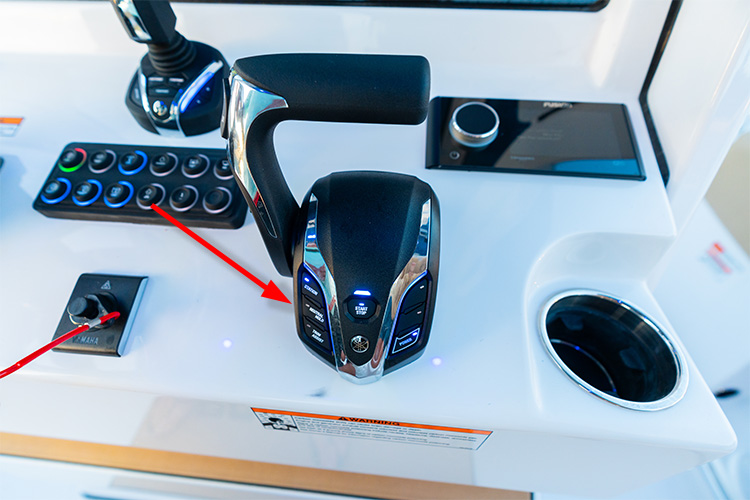
All of that said, let’s discuss a feature that helps us parents on the boat with young kids who want to drive, push buttons, or just touch things they’re not supposed to touch. When Yamaha released their new electronic binnacle, it came with a great new feature: a button to engage neutral hold. On previous binnacles, this existed but wasn’t as simple as hitting a button. Originally, it was used on old 2-stroke motors to help choke the motor and get it running. With the advent of electric binnacles, it serves more of a safety purpose as 4-stroke motors are all fuel-injected and don’t need choking to start.
So, what does neutral hold do for us nowadays? Neutral hold allows you to put the boat in neutral and rev the engines without the boat going into gear. It’s like pushing the gas on your car while it’s in neutral—the RPMs run up, but the tires don’t spin. On the boat, the RPMs run up, but the prop doesn’t spin. This feature can be used for a few different reasons. Say you’re anchored up fishing, and you’ve been listening to music, and your batteries are low. You can use neutral hold to rev up your motor, triggering the alternator to charge up your batteries. If you’ve got a second station boat, you can put the boat in neutral hold and climb into your second station without fear of accidentally bumping the boat into gear. What I tend to use it for more often is keeping curious children from sending the boat into a full-throttle rampage while away from the helm.
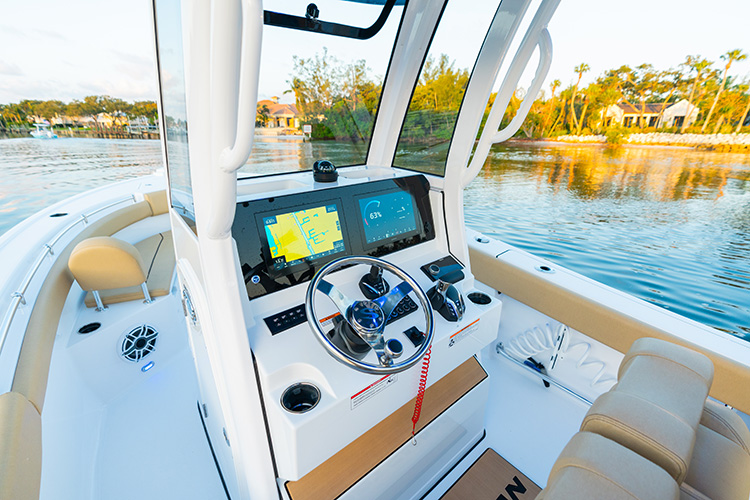
Just last year, we were on a photoshoot. The boat was tied to the dock, and we were picking up our talent for that evening’s shoot. We left the engines running as it was going to be a quick stop before heading back out. Before stepping off the boat, I turned to engage neutral hold, and the captain of the boat, Chase, hit the button. I looked at him and said, “Thank you. You never know what kids may do when they get on the boat.” Within 90 seconds of this interaction, one of the kids had boarded the boat and slammed the throttle down. The engines started singing. Had neutral hold not been activated, we would have likely ended up online somewhere and probably sustained some injuries.
Looking back at boating with my children and my son, who loves touching anything and everything, we were in the same scenario. I had just launched the boat, tied it to the dock, and was going to park the truck while my wife and kids waited on board. As soon as my son got on the boat, he pulled the throttle down into reverse. Thankfully, we were locked into neutral hold. After a stern talking-to, as stern as you can be with a two-year-old, we didn’t have any more issues with trying to launch us into space with a quick slamming of the binnacle.
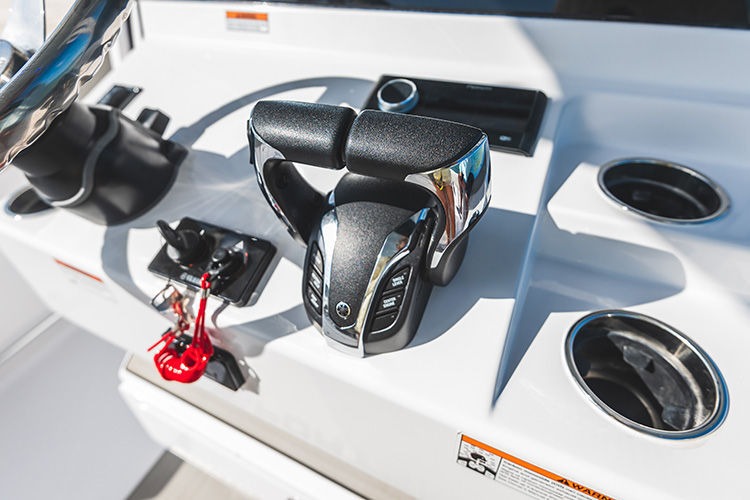
As a parent or just a boater in general with people moving around the helm, this feature can be a literal lifesaver. While it wasn’t designed for this purpose back in the day, it’s a great feature to utilize with modern electric throttle boats. I recommend engaging this feature anytime the motors are on and you’re not looking to put the boat into gear. It’s become second nature to me when I am operating at the helm, even if my kids are not on board. When we are doing photoshoots, collecting product photos and video, we will leave the motor running offshore, and I will also engage neutral hold. You never know when someone will bump the throttle—it’s happened, but never has it happened with the boat not locked into neutral. Utilize the safety features available to you, and make sure you, your family, and your friends are all safe while out on the water.
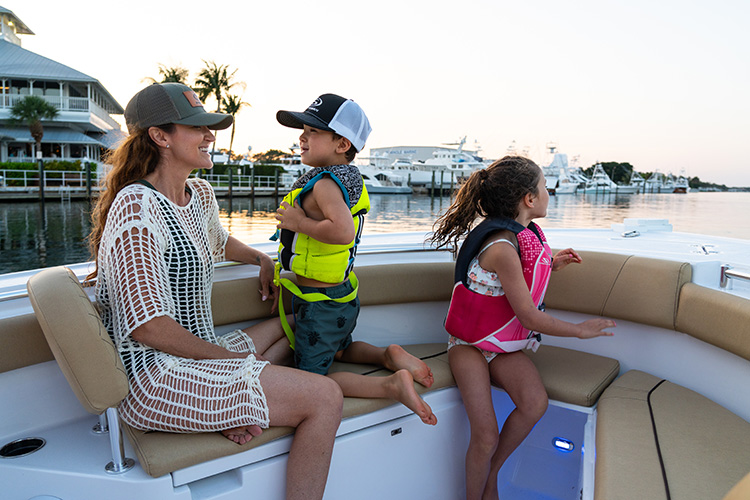
If you want to learn more about this feature, you can see it in use in our Tech Talk episode, “How to Access Your Second Station.” Chase goes over the proper way to climb into your second station, and one step is engaging neutral hold to avoid any accidental shifts in gear while climbing up. I hope these tips help you and your family practice even safer boating on the water!

